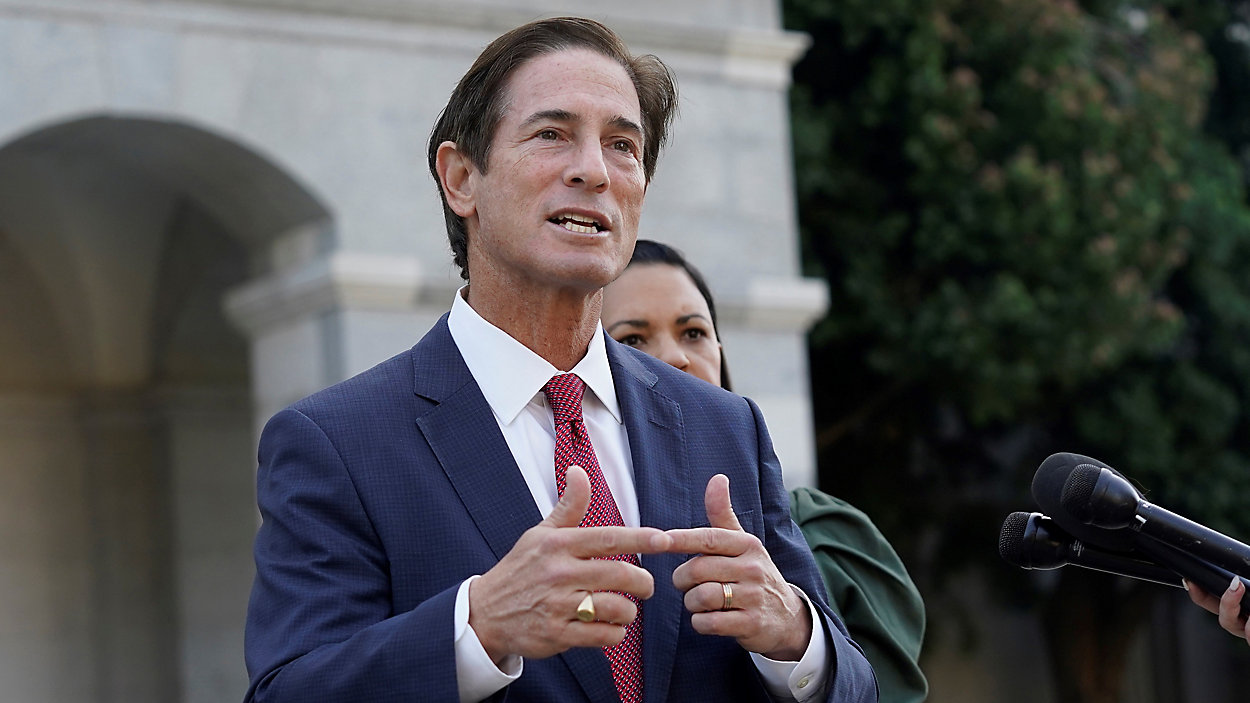Image Source: Pixabay
A major part of the American Dream has been homeownership. Yet, as baby boomers age, they are shedding their homes to become the leading demographic among renters. For some, that means greater flexibility. For others, it may mean housing instability. All leading to the question: Should you sell your home and rent in retirement?
From 2013 to 2023, the number of people aged 65 and above renting their homes increased by 2.4 million, representing almost a 30 percent rise, according to a report by Point2Homes. That means that today, 10.4 million renters are over 65, making up 13.4 percent of all renters. The real estate research and marketplace based its findings on analysis of U.S. Census data.
The only other age group to post an increase as renters was 55 to 64-year-olds. That segment of the population added 483.9 thousand renters from 2013 to 2023.
This paradigm shift is leading to changes in how and where seniors live, affecting other generations and the real estate market. We will examine this trend by exploring:
Why more seniors are choosing to rent rather than own their homes?
Cost comparison between renting and owning your home as a senior.
Other pros and cons of renting versus owning your home as a senior.
Costs and Inflexibility of Ownership
The Point2Homes report cites rising costs of property taxes, maintenance, and repairs as primary reasons for seniors stepping away from home ownership and into rentals. Additionally, Point2Homes notes that many seniors prefer the flexibility of renting. The report states that, as renters, seniors can travel more easily and live part of the year in one location and part of the year in another.
However, another report by Hire A Helper found that the primary reasons retirees move are to be close to family and for health reasons. Family reasons were cited as the primary reason for 16 percent of moves, while 11 percent of respondents listed health issues as their main reason for relocating.
In addition to family and health, many seniors are becoming renters for financial reasons.
“A disproportionate share of the recent growth in homeowner cost burdens was among older adults. Indeed, nearly half (1.7 million, or 47 percent) of the 3.6 million overall increase in cost-burdened homeowners between 2019 and 2023 were those aged 65 and over,” according to the Joint Center for Housing Studies at Harvard University. “As a result, there were 7.9 million burdened homeowners aged 65 and over in 2023, which represented more than one-in-four owners (27.6 percent) in this group.”
Mortgage rates have been running between six and seven percent this year, making buying a home when relocating costly.
Cost comparison between renting and owning your home as a senior.
The median cost of a rental in America is $1,422, according to the Council for Community and Economic Research. Meanwhile, Zillow puts the average rent for a single-family home at $2,050.
Bankrate’s Hidden Cost of Homeownership Study, released this summer, puts the annual cost of owning a home at $21,400. However, based on location, that figure can top $30,000. Bankrate’s calculations included maintenance and repairs, utilities, property taxes, homeowner’s insurance and internet and cable.
Pros and Cons of Staying Put
For many people, homeownership is the biggest investment of their lives. As a result, your home equity may be your largest financial asset. That equity could be invested to finance a move to another area or downsize. Then again, paying off your mortgage would also mean a reduction in housing expenses if you stay where you are.
Watch Out for Capital Gains
Owning your home free and clear gives you financial options that help whether you stay where you are or move. However, if you sell, you may be subject to capital gains taxes. A married couple can exclude up to $500,000 profit on a house sale, while singles can exclude half that amount. Anything above those amounts is subject to capital gains taxes.
Many seniors bought houses decades ago. Those houses have now swelled in value, making them subject to capital gains.
Growing Number of Seniors Have Mortgages
The problem for many is that they have taken on, or refinanced, a mortgage that may not be easy to repay in retirement. The number of homeowners ages 65 to 79 with mortgages jumped from 24 to 41 percent over the last three decades, according to a 2023 report from the Joint Center for Housing Studies at Harvard. The same study found that, over the same time, the median mortgage rose 400 percent.
“Borrowing is often a way for older homeowners to access cash for basic needs or care,” says Chris Herbert, Managing Director of the Center. “Given the importance of housing equity later in life, there is a real need for safe and affordable mortgage products that work for older owners with limited incomes.”
Home Renovation Costs to Age in Place
Another consideration, if you plan to age in place, is the cost of home renovations. Of course, we all know people who lived to a ripe old age without refitting their homes. However, many homes are not equipped to meet the needs of aging residents.
More than 19 million Americans over 65 “are living in homes that are in disrepair or ill-equipped to safely meet their needs”, according to Habitat for Humanity.
A National Poll on Healthy Aging conducted by the University of Michigan found that seniors aged 50–64 were more likely (24 percent) than those aged 65–80 (13 percent) to say their home did not have the necessary features to age in place.
“The most common accessibility features older adults reported having in their home were a main floor bathroom (88%) and bedroom (78%),” reported the study. “About half (54%) had door frames in their homes wide enough for a wheelchair to pass through, 32% had lever-style door handles, and 19% had home entrances with ramps or no stairs. Bathroom features included shower chairs or benches (36%), raised-height toilet seats (36%), or grab bars (32%), while 7% reported having barrier-free showers.”
The cost of safety upgrades varies depending on the extent of the renovations and your location. Estimates range from a few thousand dollars to over $100,000.
Renting Upside
As noted earlier, flexibility is a key benefit of renting. If you want to travel in retirement, as many people do, trading a house for a smaller rental home, apartment or RV may be your ticket to a more nomadic lifestyle.
Sticking with the flexibility theme, renting means home repairs are someone else’s headache in terms of time, aggravation and cost.
Rental insurance is also cheaper than homeowners’ insurance. That is because, as a renter, you only have to cover your belongings. The landlord is responsible for the structure in which you live.
Renting Downside
The most beautiful rental property or senior community becomes ugly if the landlord or management company is negligent. Nothing is gained in flexibility if you have to spend all your time nagging to get repairs done. So, it is wise to check online reviews and knock on a few doors to know more about how the manager responds to service requests.
Your landlord will also impact your spending by raising rents. While rent hikes are not a certainty, they are likely to occur over time. That may necessitate moving periodically to keep your expenses in check.
Should You Go, Or Should You Stay
The decision to sell your home and rent in retirement is both a financial and an emotional one. That means you not only have to research the expenses of the rental market you are considering – you also need to do a gut check to gauge the emotional effect of a move.
If you have the financial means, you can sample a new lifestyle and location by renting temporarily while holding on to your home. Of course, that may mean hiring someone to keep an eye on the place while you are away. Although that might be a headache – it is nice to have options.
You May Also Like:
Longevity: Where The Science Is Headed
Where Tariff Price Hikes Will Hit Your Wallet First
New Study Show Vaccine May Reduce Risk Of Developing Dementia
Trump Medicaid Cuts Hurting Rural Supporters



























